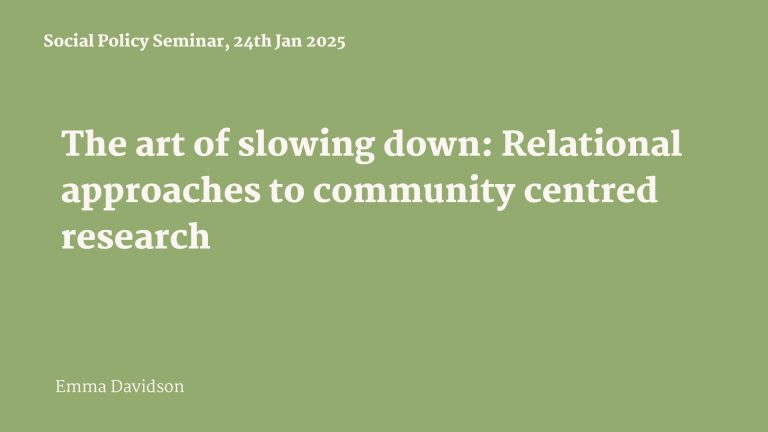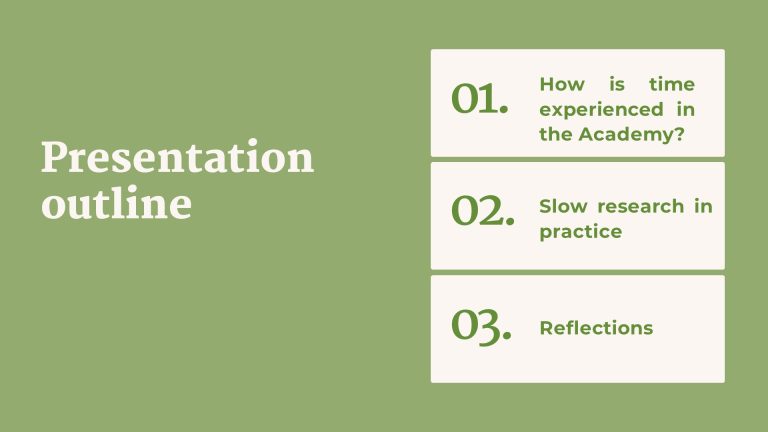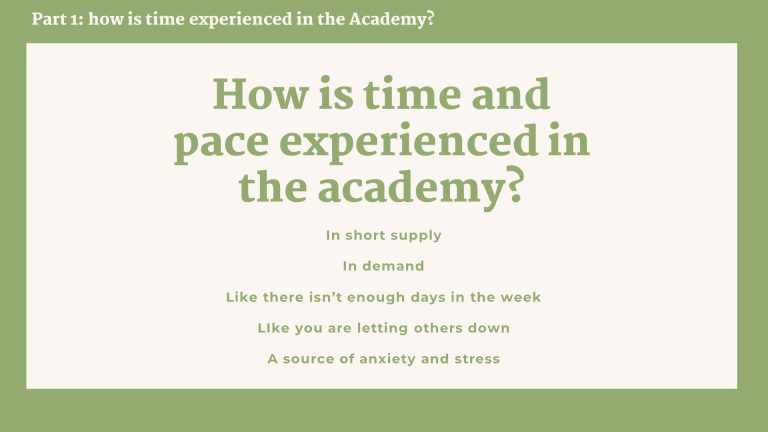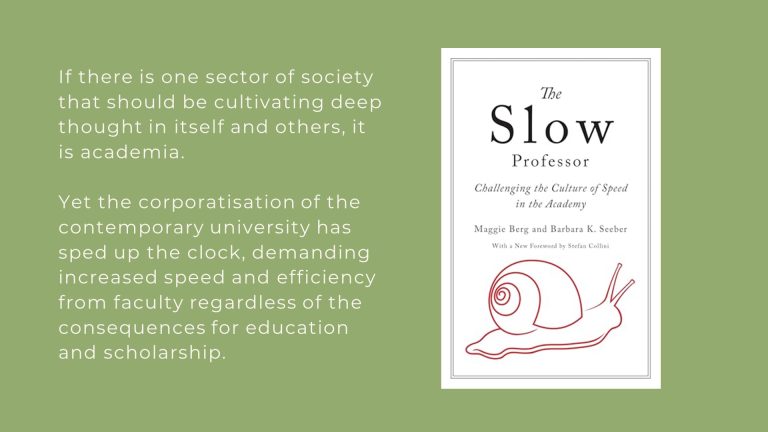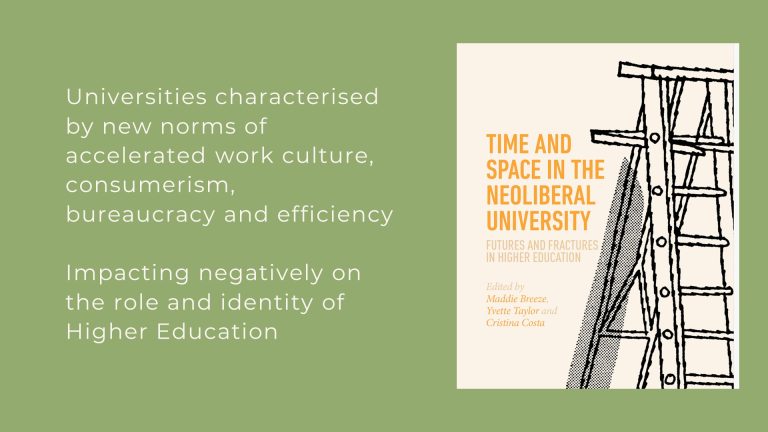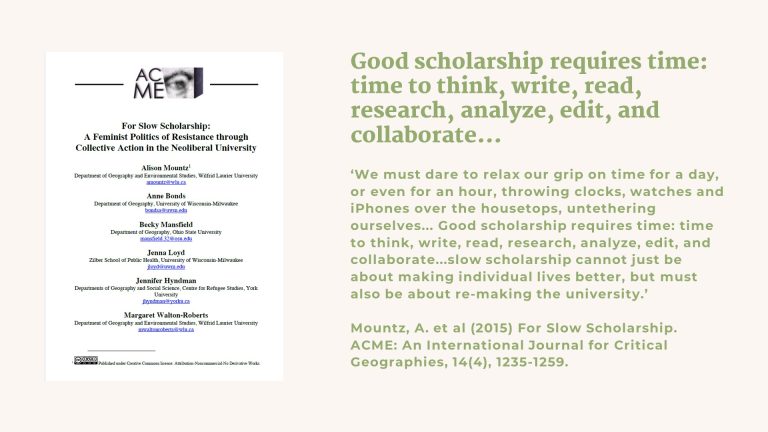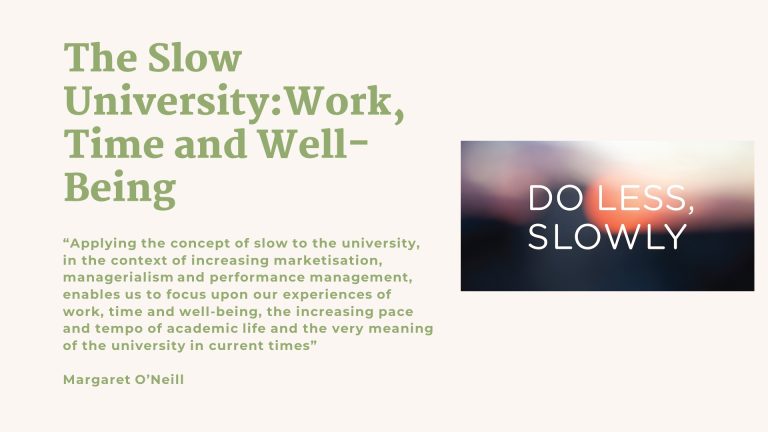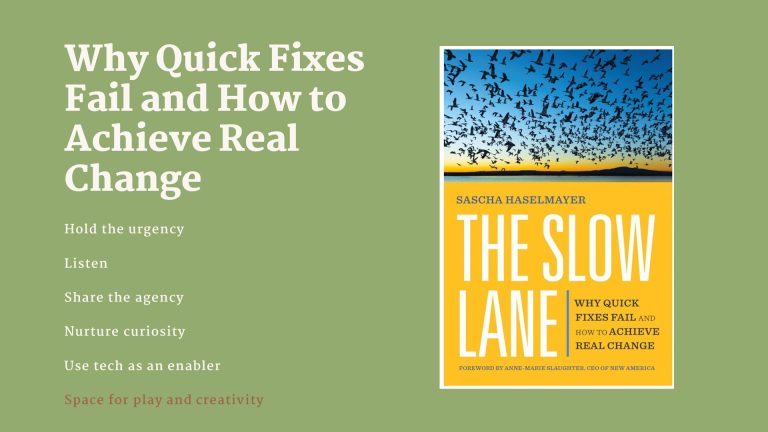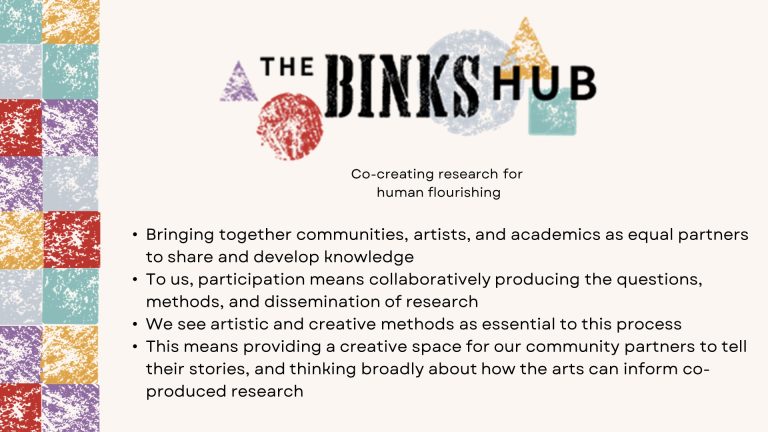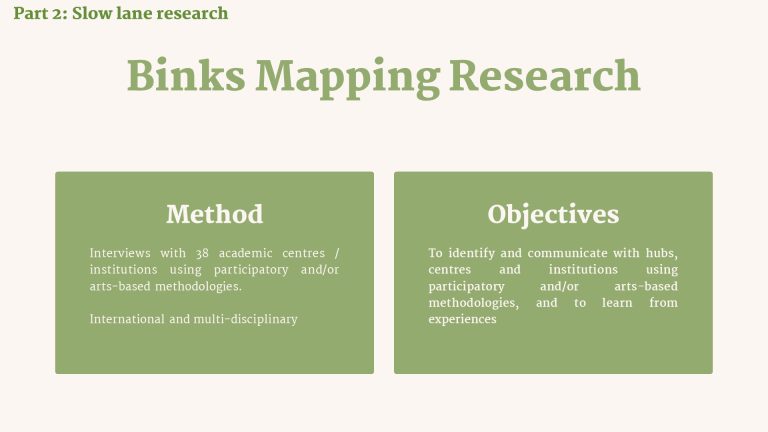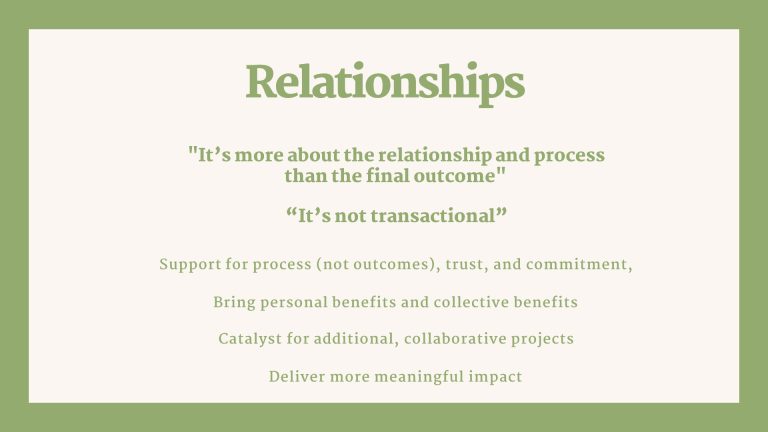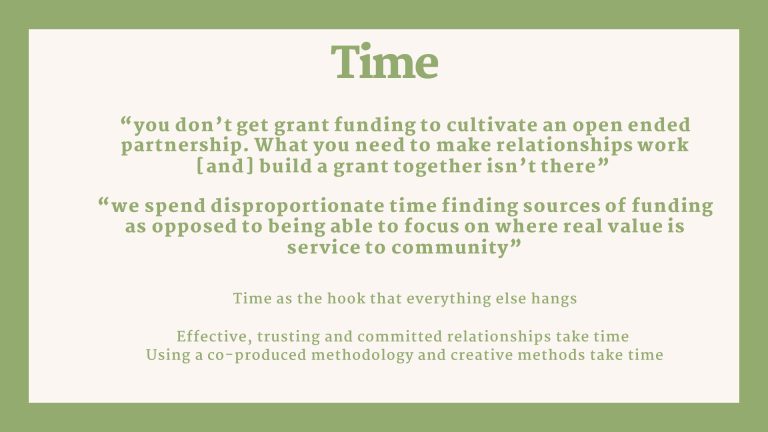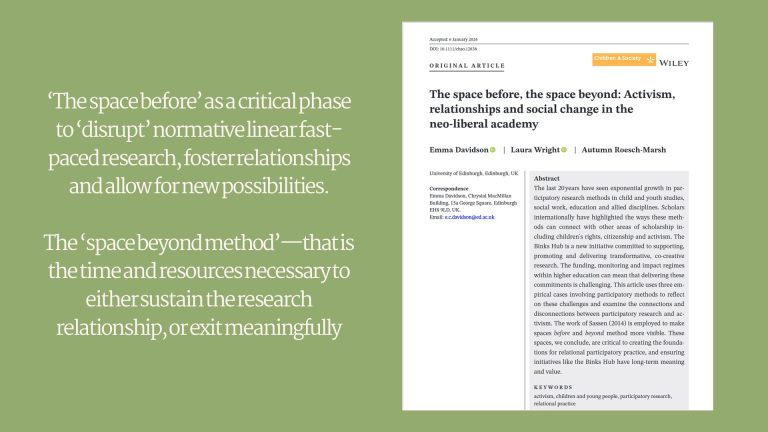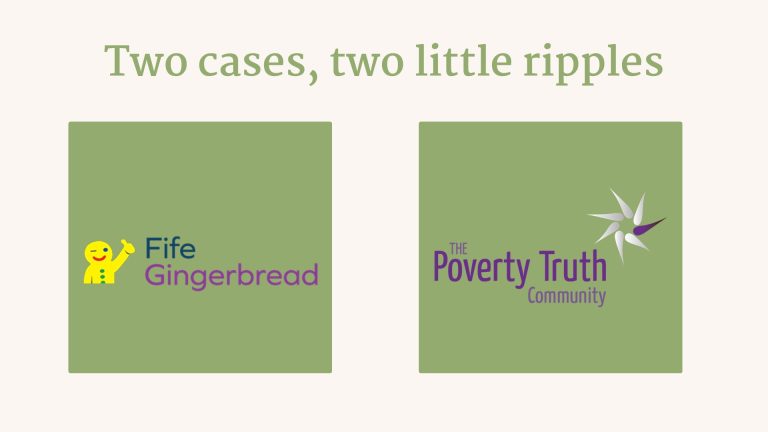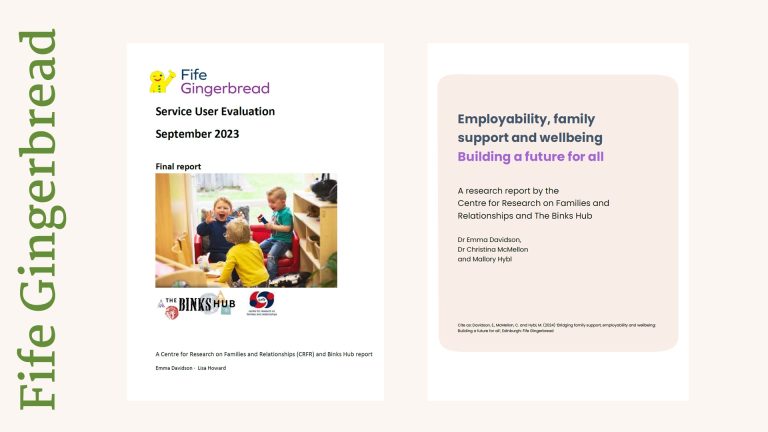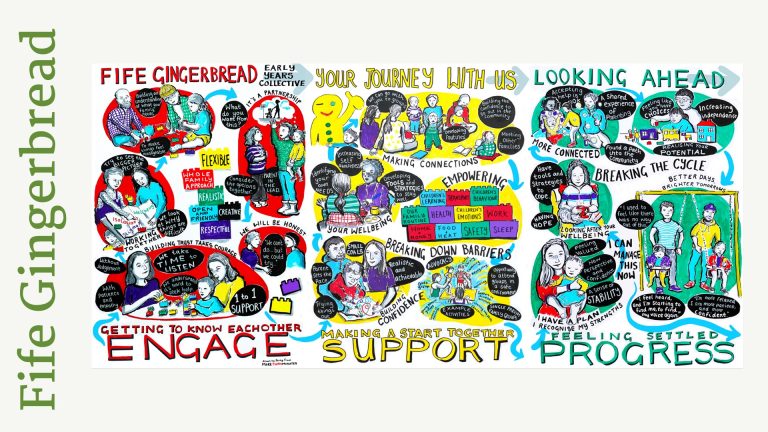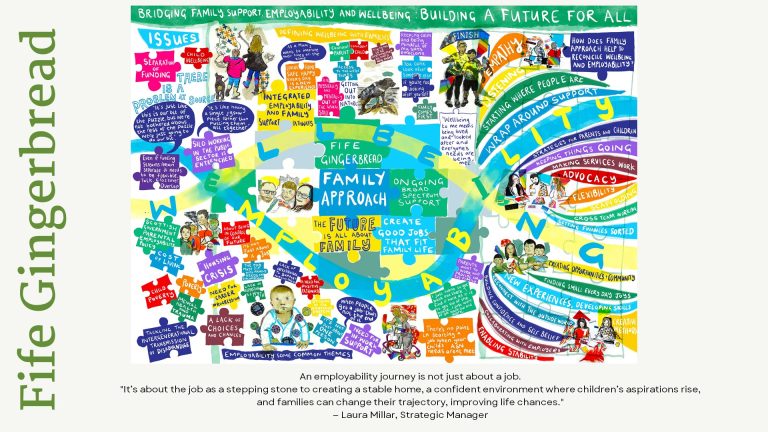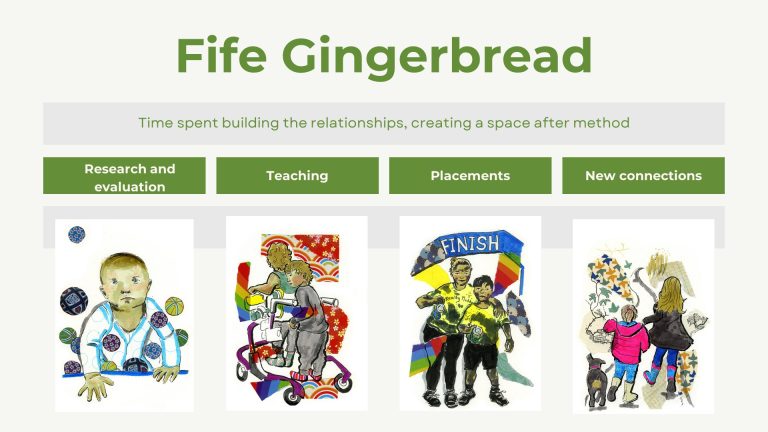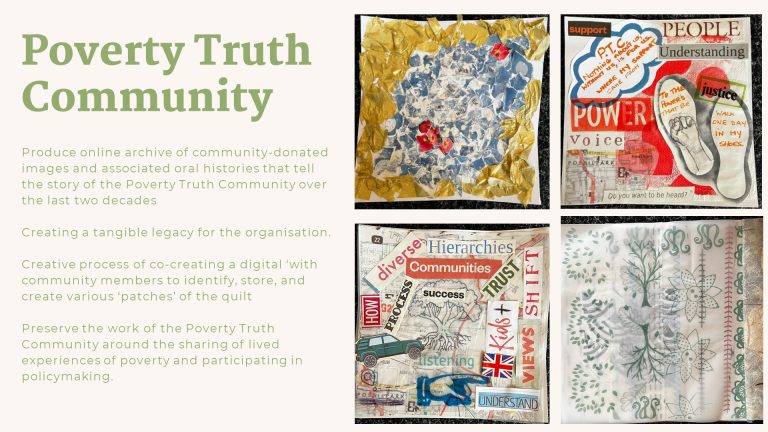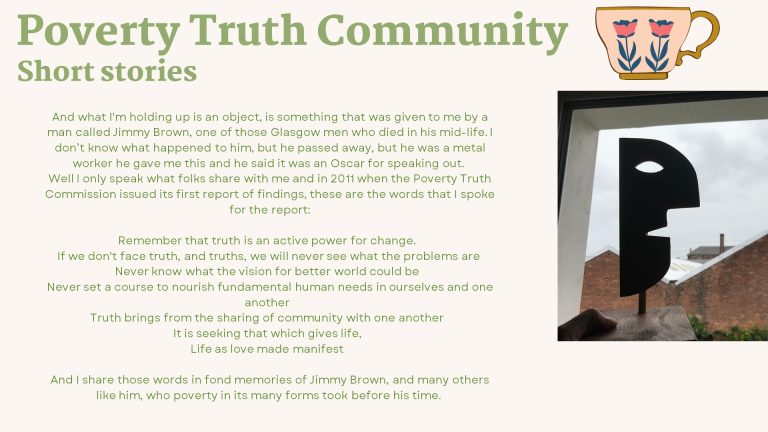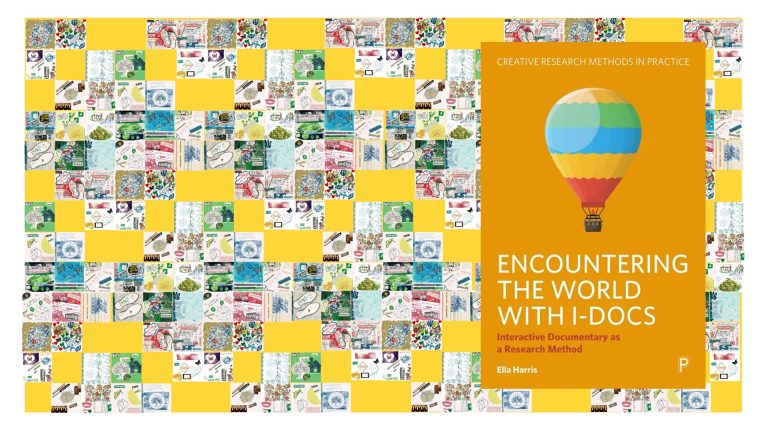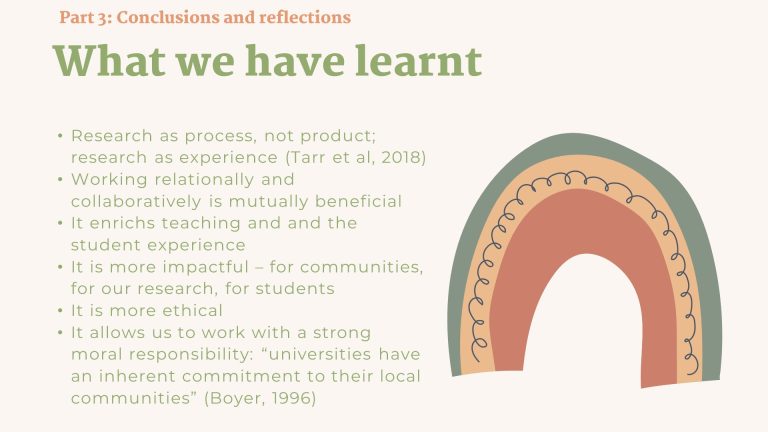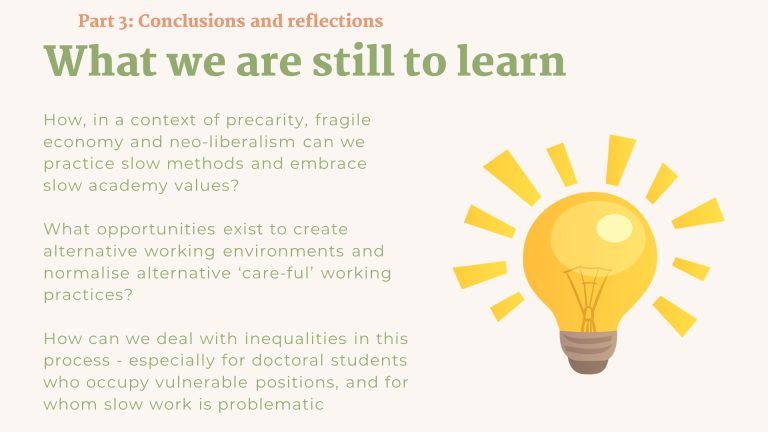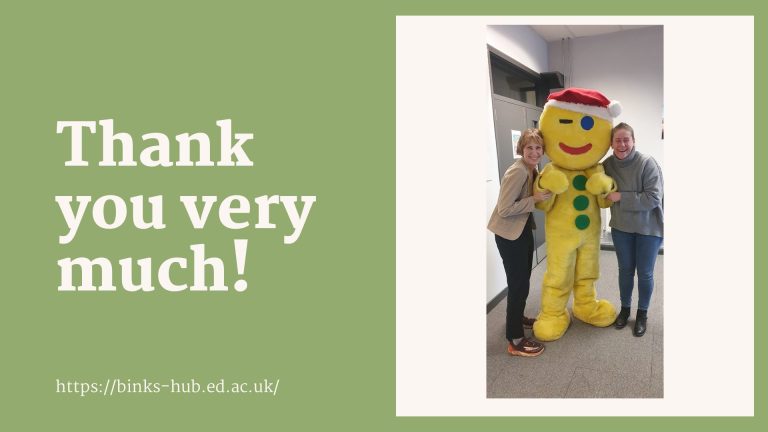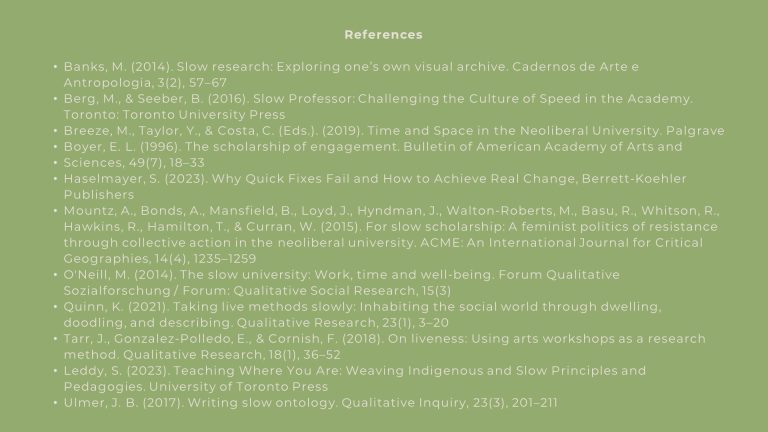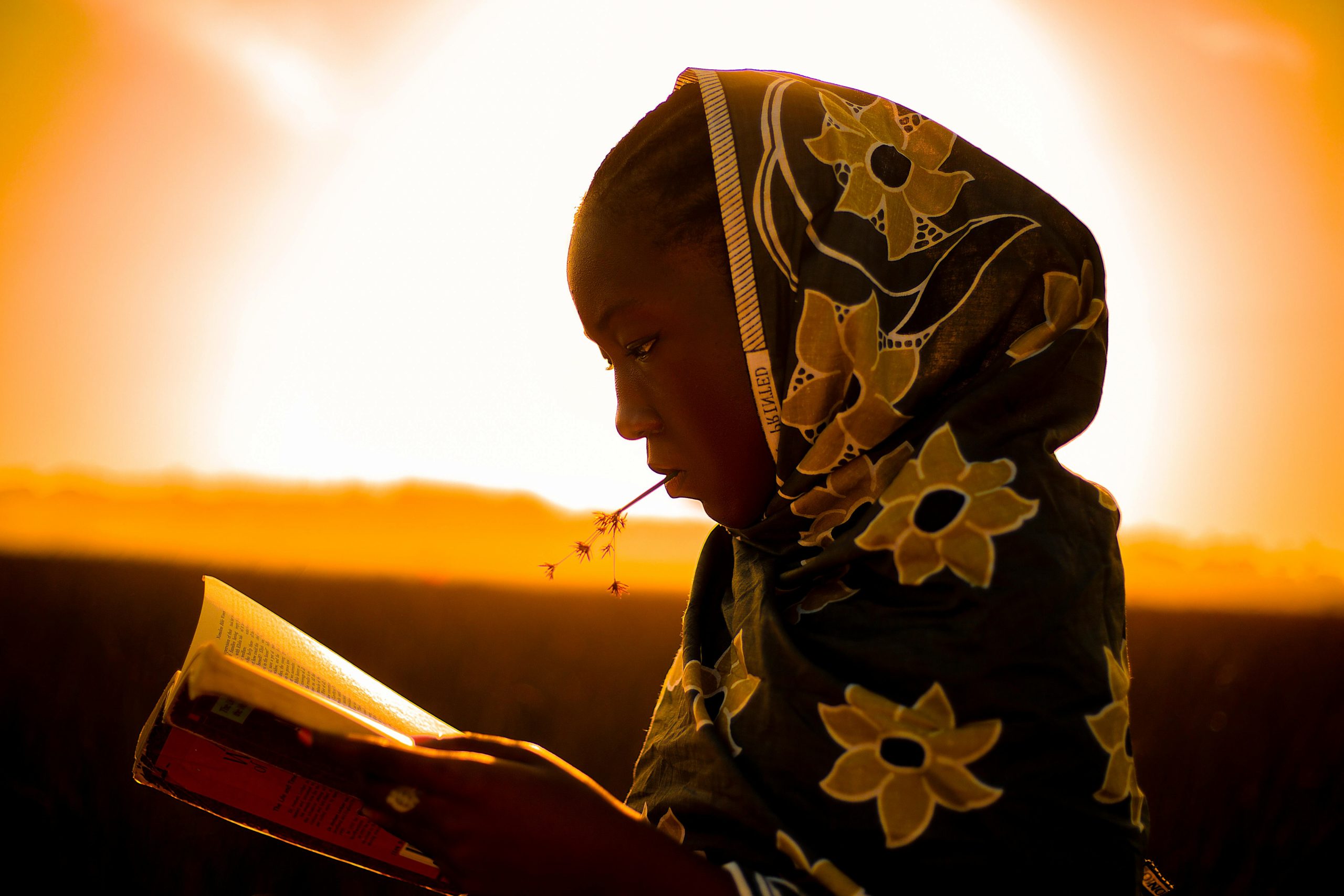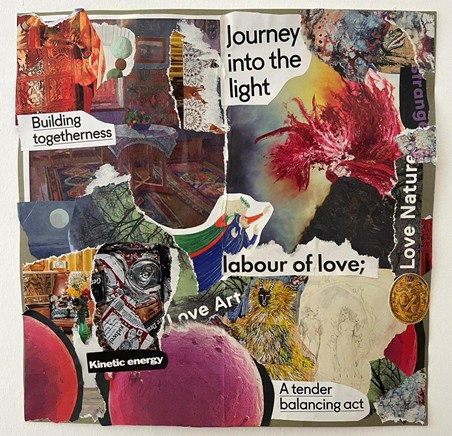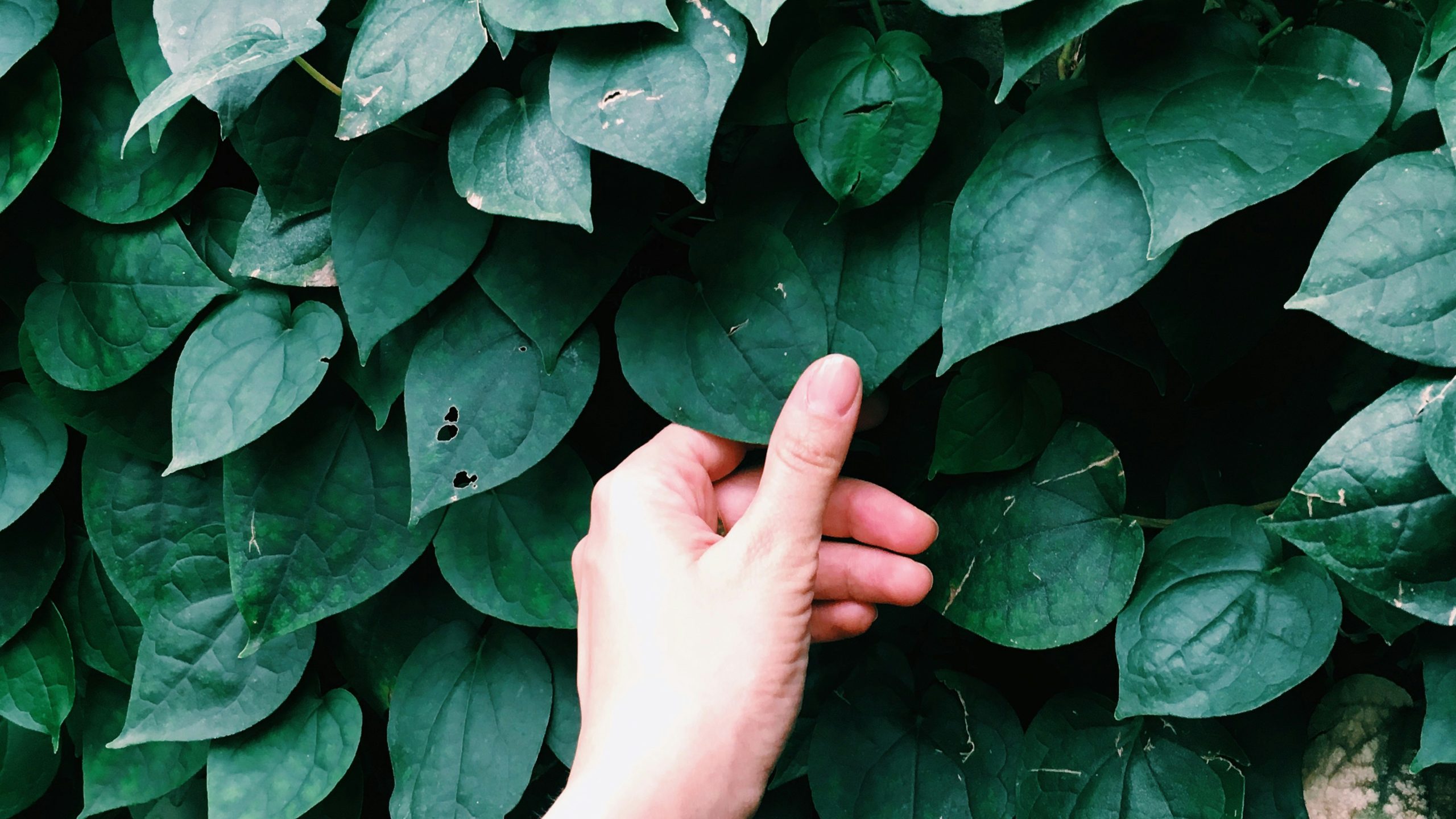A blog from our Co-Director Emma Davidson.
This post is based on a presentation Emma gave at the Social Policy Seminar on 21st March 2025, which asked: what might it mean to slow down the pace of research? How can we centre care, creativity, and collaboration in our ways of working, especially when working with artists, community groups, and other researchers?
Feeling the Pace: Time in Academia
In a world that constantly urges us to move faster, achieve more, and do it all yesterday, the idea of slowing down can feel radical, especially in academia. But what if slowness isn’t a luxury? What if it’s essential to doing meaningful, ethical, and collaborative research?
This is the core idea behind slow research – a concept that has shaped my work as Co-Director of the Binks Hub, a university-based centre dedicated to community-led, arts-informed research. It’s not just about stretching timelines or taking a more relaxed pace. Rather, slow research is a deliberate, relational, and reflective practice. It values time as a medium of trust, not just productivity.
In academia, it often feels like there’s never enough of it. You’re constantly juggling teaching, publishing, admin, funding deadlines – and then there’s your actual research. Time becomes something to manage, to race against, to fill. But it’s also emotional: it brings stress, guilt, exhaustion. At its heart, slow research pushes back against this logic of speed. It’s a way of reclaiming time – for reflection, for relationships, for reciprocity.
These ways of working are not always fast. They’re also not always visible in academic systems that tend to reward productivity over process, speed over slowness. In my seminar, I talked about slowness not as inefficiency, but as method, ethic, and politics.
- As method, slowness gives time to the rhythms and rituals of collaboration – checking in, drifting off topic, exploring ideas, looping back.
- As ethic, slowness centres relationships. It makes time for responsibility, care, and creative work.
- As politics, slowness asks us to reflect on how time is governed and resourced – and what kinds of knowledge and relationships are (de)valued in dominant academic systems.
Slow research can be frustrating. But it can also be fertile. It allows us to notice more, to be surprised, and to create space for other rhythms, voices, and forms of knowledge to emerge.
At the Binks Hub, these ideas inform how we work – with community partners, artists, and academics coming together as equals. We use creative methods not just for engagement, but as a way of knowing, of exploring complexity, and of making space for different kinds of knowledge to emerge.
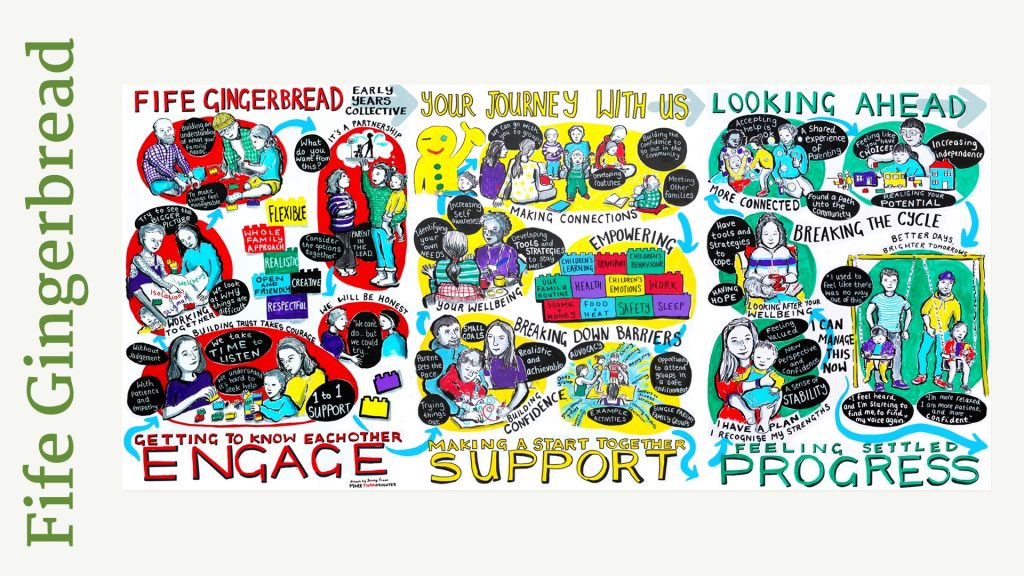
Slowness in Practice: Two Ripples
In the presentation, I drew on examples from two current projects at the Binks Hub: a digital quilt with the Poverty Truth Community, and a series of projects with Fife Gingerbread. Our collaboration with Fife Gingerbread began with a creative evaluation of a parenting programme. But thanks to flexible funding and a slow, open-ended approach, we have continued to work together. As well as working on another piece of research on the relationship between employability, family support, and children’s well-being, Fife Gingerbread have become actively involved in undergraduate teaching in Social Policy; an undergraduate student has just completed their dissertation using Fife Gingerbread as a case study; and a new post-graduate student will begin this month. Our new research initiative is to work alongside parents to support them to complete their own research into support for children with additional support needs.
The project with Poverty Truth Community also grew slowly, over months of conversation. The Poverty Truth Community was nearing the end of its funding and wanted to reflect on its 15-year legacy. Together, we’ve been building a digital archive – layering personal stories, artefacts, and creative works into a rich, multi-voiced history. One strand of this work is a digital quilt – a patchwork of audio, visual, and written materials, created collaboratively with community members. It’s not just a record; it’s a reimagining of what a community archive can be.
Both projects foreground community knowledge and creativity. They involve collaboration with artists, activists, and community-based researchers. Slowness here isn’t just about tempo – it’s about how we work with others, and how we think about process, politics, and care.
Making Time for the “Space Before” and “Space Beyond”
What these projects have taught me is that slow research thrives in what I have been thinking about as “the space before” and “the space beyond.” The space before is what happens before a project formally begins – the coffees, the listening, the uncertainty. The space beyond is what happens after the data is collected – when relationships deepen, when meaning emerges, when care continues. Both are hard to justify in current funding models. But crucial if we want to do research that is ethical, collaborative, and impactful.
Slow research doesn’t mean doing less. It means doing differently. It’s about small ripples – deep relationships, creative sparks, new ways of thinking and knowing. And while it might feel impossible in today’s academy, I’ve learned that with the right partners, the right spaces, and the right values, it is possible.
Slowness isn’t a luxury. It’s a craft. And it’s one we can all learn to practice.
